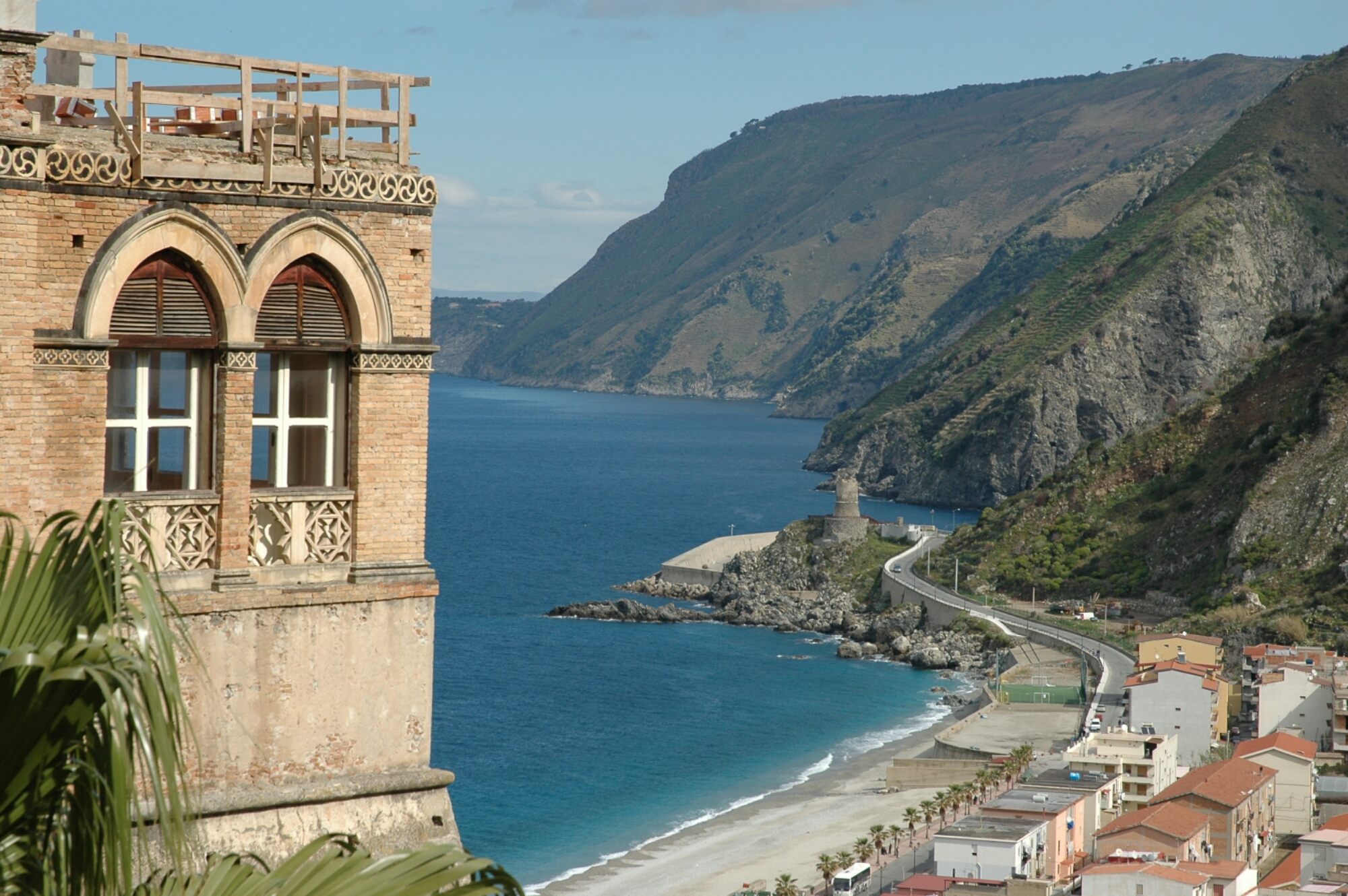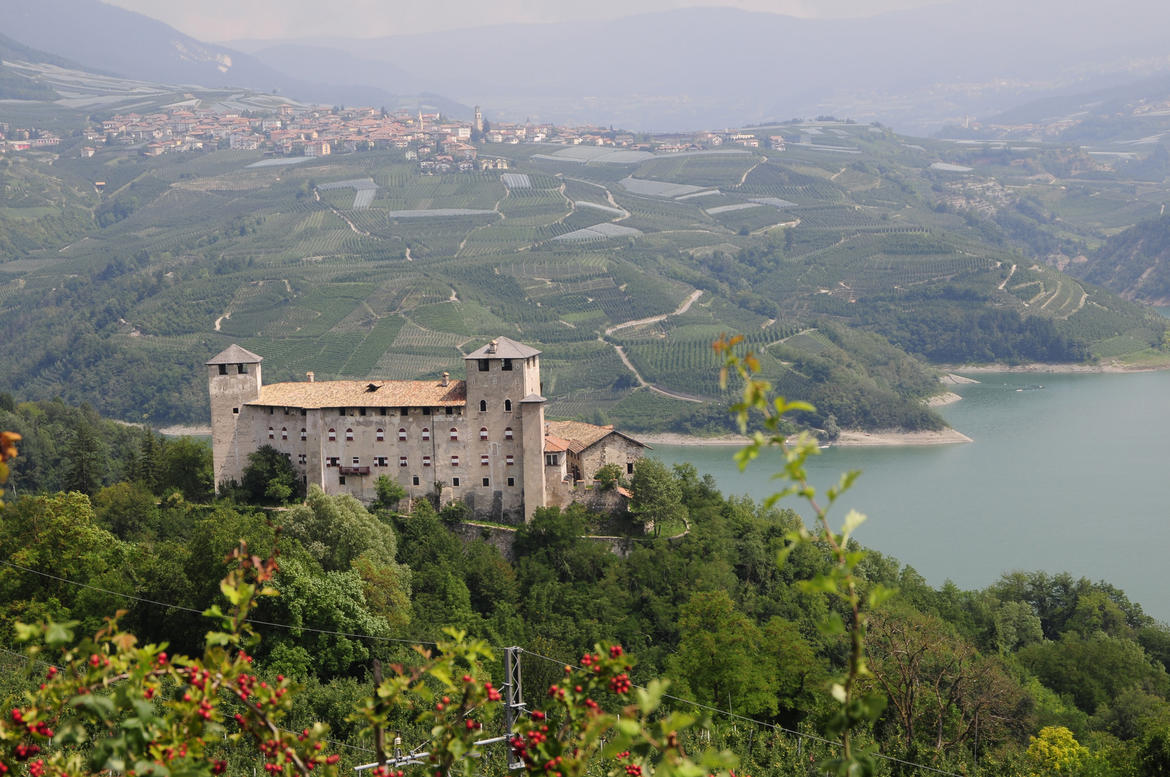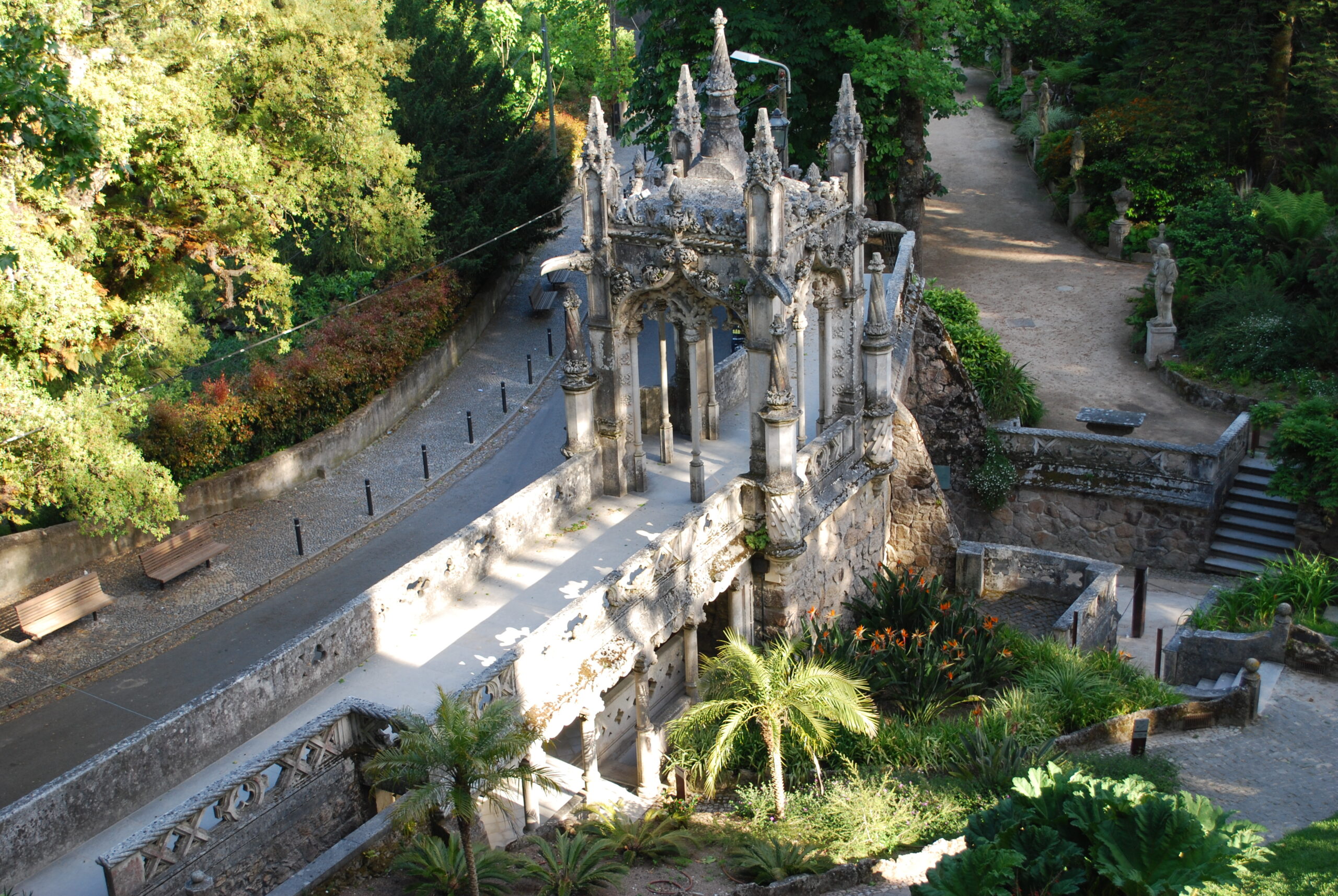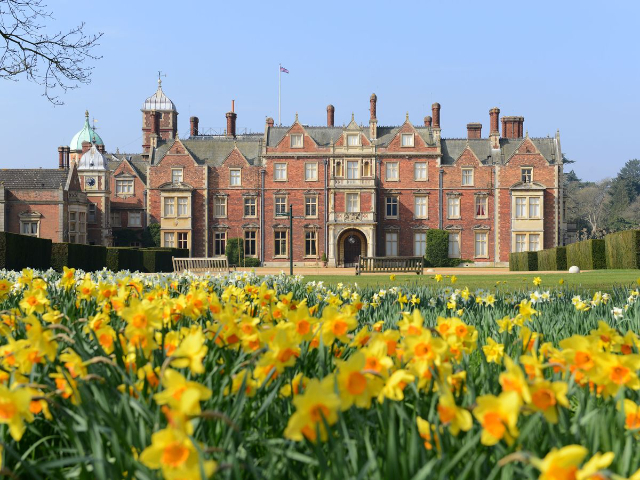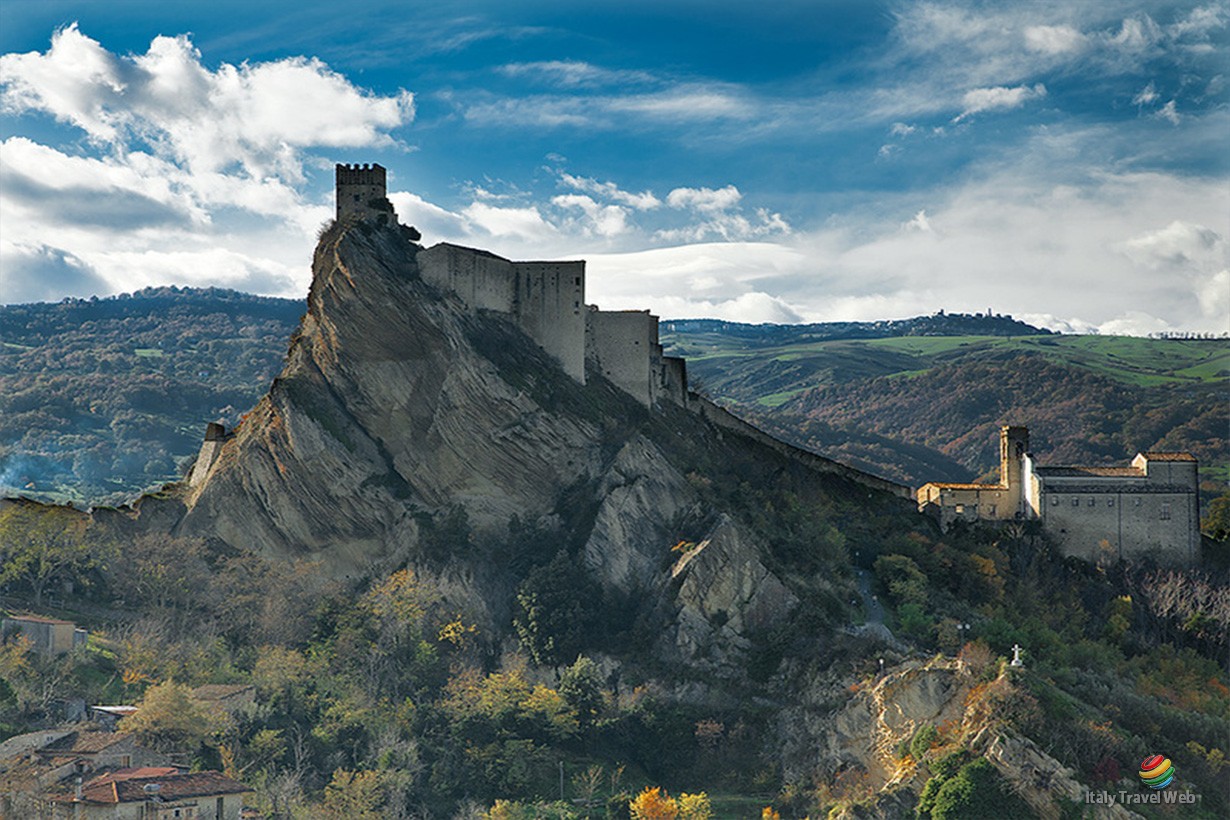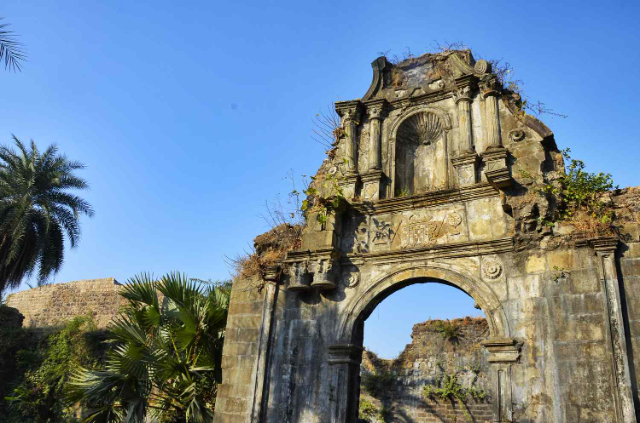The villa owes its origin to the initiative of Austrian officer Joseph Von Thurn, who starting in 1801 purchased some land in a pleasant location on Cape Posillipo to erect there a country residence surrounded by a garden as well as extensive orchards and vineyards. The property was later acquired by the princess of Gerace and her son, Agostino Serra of Oristano, who converted it into a representative villa. Thanks to the contribution of architects Stefano and Luigi Gasse, the villa was transformed into an elegant residence, and the pertinent casini (the large and small Foresteria) were also renovated.
In 1857 the Serra heirs sold the villa to Luigi di Borbone, commander of the Royal Navy of the Kingdom of the Two Sicilies, and the villa itself earned the nickname "the Brazilian," in honor of Maria Januaria, Luigi’s consort, who was sister of the Emperor of Brazil and whom he had married in 1844. Within a few years the new owner expanded the villa’s gardens, enriching them with a vast park, and had a special landing built, but following the Risorgimento events of 1860 he was exiled to France.
The villa was then sold to French banker Gustave Delahante, only to be purchased in 1897 by Lord Rosebery, a British statesman who had been chief of staff from 1894 to 1895. Retiring to private life, Lord Rosebery made the villa an oasis of tranquility accessible only to selected friends and scholars, increasing his collection of paintings and prints purchased from Neapolitan antique dealers. In 1909, Lord Rosebery decided to relinquish the use of the property to the British government because of the heavy maintenance costs and his resumption of political activity.
Villa Rosebery thus became a representative and holiday home for British ambassadors to Italy, until in 1932 the heirs of lord Rosebery, who died at more than 80 years of age in 1929, donated it to the Italian state, which used it as a summer residence for the royal family. In 1934 Princess Maria Jose, wife of Umberto di Savoia, gave birth there to her eldest daughter Maria Pia, and from that time the villa was renamed "Villa Maria Pia."
From June 1944, during the lieutenancy of his son Umberto, Victor Emmanuel III and Queen Elena moved to Villa Maria Pia. The royal couple lived in the Neapolitan residence until Vittorio Emanuele III signed the act of abdication in favor of his son Umberto on May 9, 1946 before leaving for exile. Temporarily requisitioned by the Allies, the villa resumed its name as Villa Rosebery and was first granted to the Aeronautical Academy, and then, starting in 1957, entered the list of residences endowed to the President of the Italian Republic.


